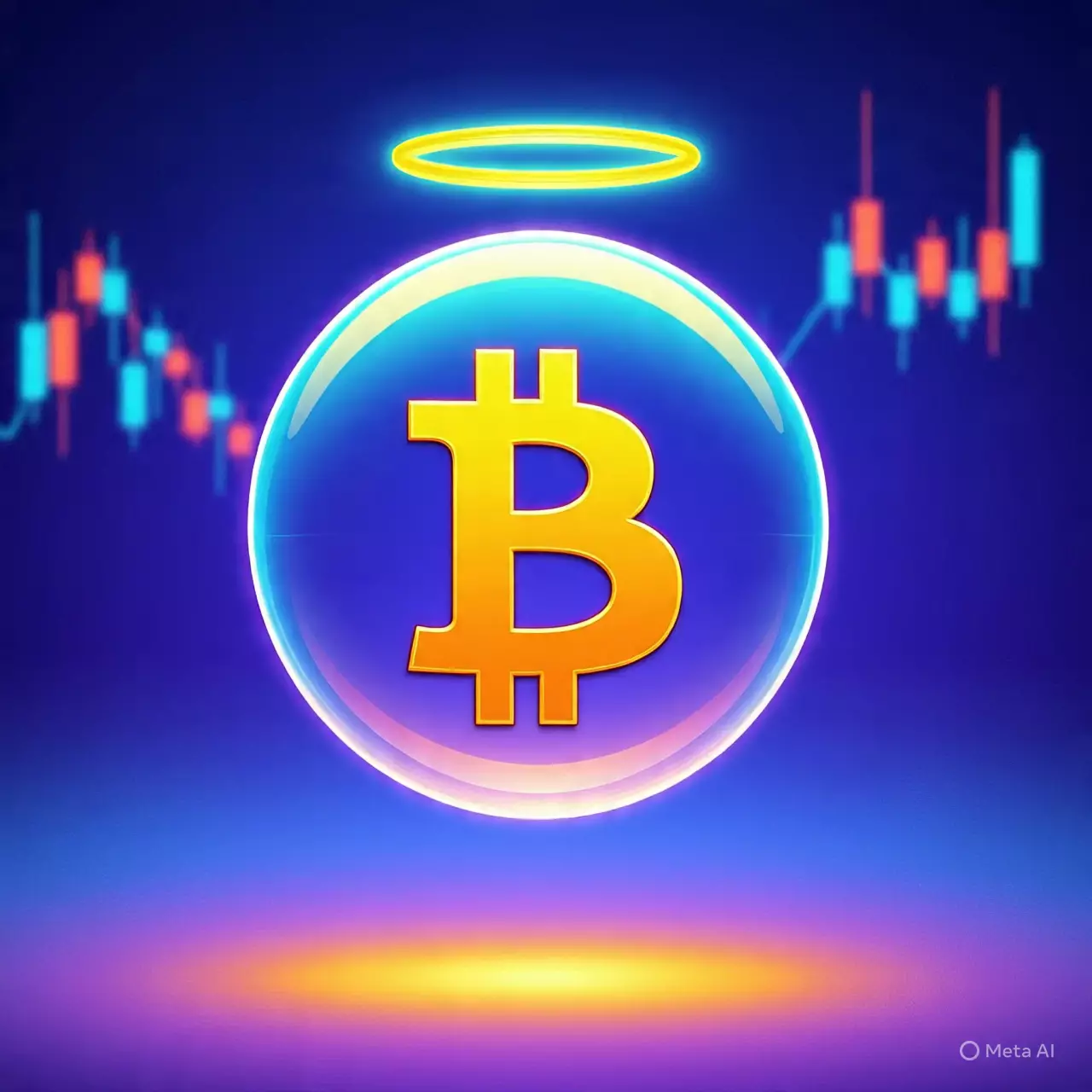In an era marked by unprecedented monetary expansion and mounting debts, the stability of the financial system appears more tenuous than ever. Veteran investor and outspoken critic of excess, Robert Kiyosaki, issues a stark warning: the current economic bubble, fueled by aggressive central bank policies and overleveraged markets, is primed to burst. While markets are riding high, with Bitcoin soaring past $123,000—a historic milestone—the danger lurks beneath the surface. This rally, in Kiyosaki’s view, is the last gasp of a bubble ready to implode, dragging assets like stocks, bonds, gold, and even cryptocurrency down with it.
What makes this scenario particularly unsettling is the sheer scale of indebtedness. The US national debt exceeding $36 trillion signifies a tipping point that few thought possible a decade ago. Inflated asset prices are being maintained on a seemingly endless stream of easy monetary policy, but underlying weaknesses remain. The persistent inflation figures, stubbornly refusing to recede as quickly as hoped, further highlight the risk of financial instability. The closer we inch toward a reckoning, the more evident it becomes that current conditions are unsustainable.
The Crypto and Commodity Bubbles on the Brink
Kiyosaki, a staunch supporter of Bitcoin as a hedge against currency devaluation, warns that the recent peak in Bitcoin prices is likely a temporary pinnacle before a significant correction. The cryptocurrency market has experienced massive gains since April, climbing over 50%, driven by strong institutional interest and retail frenzy. Yet, insiders like miners and whales are already starting to take profits, transferring large sums to exchanges. On-chain data further accentuate this caution: whale-to-exchange transfers are nearing their highest levels in months, signaling potential distribution and profit-taking.
This onslaught of selling pressure could be the spark that triggers a broader market downturn. It’s not just Bitcoin: gold and silver—traditionally safe havens—are also vulnerable, at risk of sharp corrections if the bubble finally bursts. The interconnectedness of these markets suggests that a collapse in any one asset class could cascade into widespread panic and valuation crashes across the board.
However, amidst this potential storm, some see opportunity. Kiyosaki’s provocative stance firmly frames these impending declines as a chance to accumulate assets at bargain prices. This contrarian approach aligns with a belief that chaos often breeds opportunity for those with the foresight to buy low. Yet, this optimism should be tempered with skepticism. Market capitulation could cause significant losses, and the path ahead remains uncertain.
The Power Dynamics of Institutional and Retail Investors
Interestingly, while retail and smaller investors may be caught off guard by the impending downturn, institutional actors appear to be strengthening their positions. Recent reports indicate that numerous firms added millions of dollars worth of Bitcoin to their balance sheets, betting on resilience or an eventual rebound. The steady inflow into regulated spot Bitcoin ETFs demonstrates the ongoing institutional confidence, or at least a calculated risk-taking approach to weathering the storm.
This tug-of-war between disillusioned retail traders and cautious institutions could create heightened volatility in the coming weeks. Large holders, both whales and institutions, seem poised to profit from market dislocations, betting on the inevitability of a dip. Meanwhile, short-term traders are likely to attempt riding the rollercoaster of volatility, attempting to capitalize on quick swings in prices.
Yet, for the long-term investor aligned with Kiyosaki’s skepticism, a market correction might be the perfect storm for accumulating undervalued assets. The key question is whether the foundational economic issues—mounting debt, inflation, and the fragility of fiat currencies—pave the way for a broader systemic failure or a temporary shakeout that will ultimately reinforce the market’s resilience. The upcoming period will be a defining test for the sustainability of current monetary and fiscal policies, as well as the robustness of digital assets as alternative stores of value.
















Leave a Reply